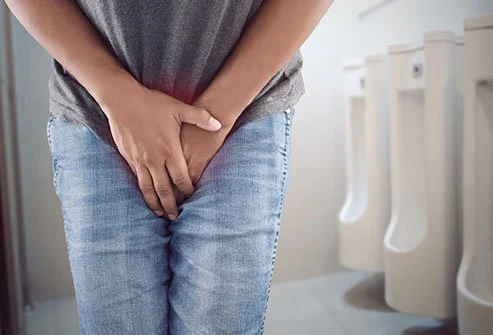Chlamydia is a sexually transmitted infection (STI) caused by the bacteria Chlamydia trachomatis. It is one of the most common STIs in the United States, with approximately 1.7 million cases reported in 2017. The majority of cases occur in individuals under the age of 25. Chlamydia is particularly concerning because it often has no symptoms and can lead to serious health problems if left untreated. In this article, we will discuss the symptoms of chlamydia in males and the treatment options available.
Symptoms of Chlamydia in Males
Chlamydia is often referred to as a “silent” infection because many men do not experience any symptoms. In fact, approximately 50% of infected men do not have any symptoms. When symptoms do occur, they usually appear 1-3 weeks after infection and can include:
Discharge from the penis: This discharge is usually clear or cloudy and may have a strong odor.
Burning or itching around the tip of the penis
Painful urination
Pain or discomfort during ejaculation
Swelling or redness at the base of the penis
Pain or discomfort in the testicles
It is important to note that these symptoms can also be caused by other conditions, such as a urinary tract infection or a yeast infection. Therefore, it is essential to seek medical attention if you experience any of these symptoms.
Treatment for Chlamydia in Males
Chlamydia is a bacterial infection and is treated with antibiotics. The most common antibiotics used to treat chlamydia are azithromycin and doxycycline. These antibiotics are highly effective in treating chlamydia and curing the infection.
Azithromycin is a single-dose antibiotic that is taken orally. Doxycycline is taken twice daily for 7 days. Both antibiotics are highly effective in treating chlamydia and curing the infection. It is essential to complete the full course of antibiotics, even if symptoms improve before the medication is finished. Failure to complete the full course of antibiotics can lead to the development of antibiotic-resistant strains of chlamydia, which can be more difficult to treat.
It is essential to inform any sexual partners that you have had in the past 60 days of your diagnosis and encourage them to get tested and treated for chlamydia. It is also essential to practice safe sex and use condoms to prevent reinfection and the spread of the infection to others.
Prevention of Chlamydia in Males
The best way to prevent chlamydia is to practice safe sex and use condoms. Condoms are highly effective in preventing the spread of chlamydia and other STIs. It is also essential to get tested for chlamydia and other STIs on a regular basis, especially if you have multiple sexual partners or engage in high-risk sexual behavior.
Another way to prevent chlamydia is to have an open and honest conversation with your sexual partners about STIs and safe sex practices. This can help to reduce the risk of infection and ensure that everyone is on the same page when it comes to protecting their health.
Conclusion
Chlamydia is a common STI that can cause serious health problems if left untreated. Men are particularly at risk for chlamydia, as the infection often has no symptoms. The symptoms of chlamydia in males include discharge from the penis, burning or itching around the tip of the penis, painful urination, and pain or discomfort during ejaculation. Chlamydia is treated with antibiotics, and it is essential to complete the full course of antibiotics, even if symptoms improve before the medication is finished.

 Home
Home Health
Health Diet & Nutrition
Diet & Nutrition Living Well
Living Well More
More












